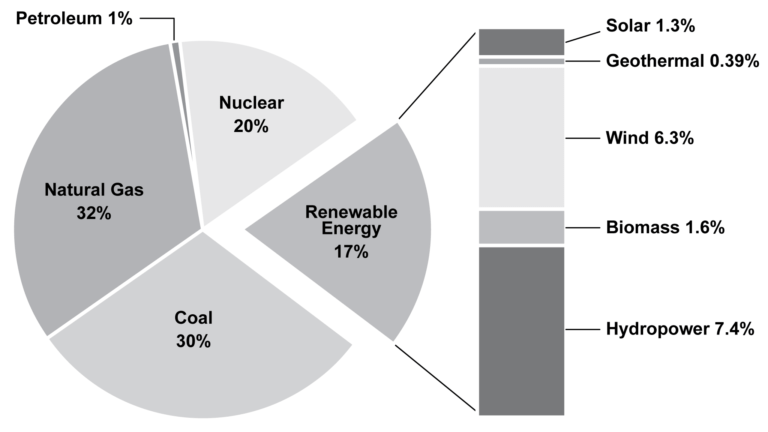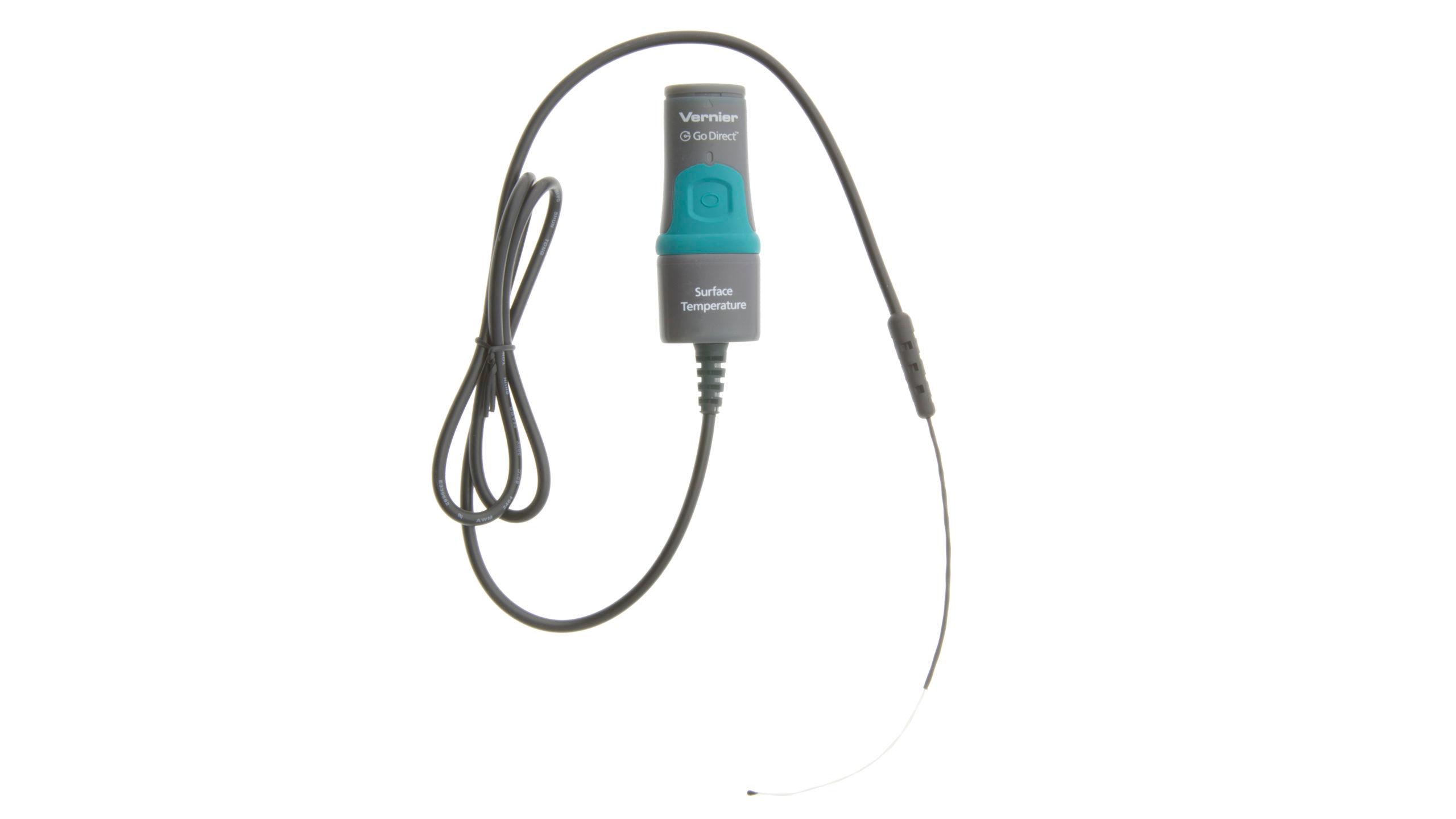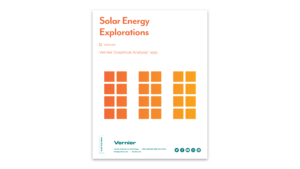
Introduction
We all use energy—to travel to school, charge electronics, turn on lights, and even to fill a cup with water. Where does this energy come from? Energy sources fall into two categories: non-renewable and renewable.
Non-renewable energy sources include petroleum, coal, and natural gas. All the petroleum we use today was formed hundreds of millions of years ago. Any petroleum we might try to make today would not be ready for millions of years. Because of this, petroleum-based energy is considered a non-renewable source. In general, non-renewable energy sources generate pollution and contribute to climate change when they are burned.
Renewable energy comes from sources that are replenished in a short period of time or will not be used up in the near future. For example, in some places the sunshine provides usable solar energy on most days. When renewable energy sources are used, they produce very little to no pollution or greenhouse gases.
Energy transformation is the process of converting energy from one form into another. For example, when you travel in a conventional car, the car is converting fossil fuel energy (gasoline) into the energies of motion and heat. If you heat up food on an electric stove, the stove converts electrical energy (which was converted from some other type of energy previously) into heat.
While playing outside, have you ever noticed that some clothing colors feel warmer than others in similar weather conditions? Radiant energy (light) from the sun is transformed to thermal energy (heat), and the causes objects to become warmer. In this experiment, you will use a lamp as a source of radiant energy and explore the temperature changes of different colors of construction paper using a Surface Temperature Sensor to collect data.
Objectives
- List examples of non-renewable and renewable energy sources
- Learn about energy conversion.
- Monitor temperature change due to radiant energy absorption
- Gain familiarity with data-collection equipment.
Sensors and Equipment
This experiment features the following sensors and equipment. Additional equipment may be required.
Ready to Experiment?
Ask an Expert
Get answers to your questions about how to teach this experiment with our support team.
- Call toll-free: 888-837-6437
- Chat with Us
- Email support@vernier.com
Purchase the Lab Book
This experiment is #1 of Solar Energy Explorations. The experiment in the book includes student instructions as well as instructor information for set up, helpful hints, and sample graphs and data.


